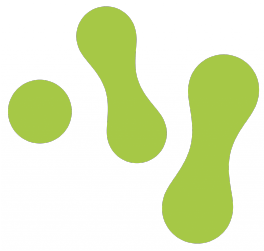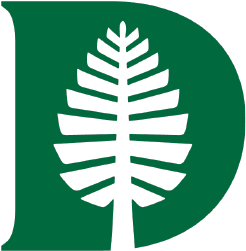| MirGeneDB ID | Lgi-Mir-2-o14 | ||||||||||||||||||||||||||||||||||||||||||||||||||||||||||||
|---|---|---|---|---|---|---|---|---|---|---|---|---|---|---|---|---|---|---|---|---|---|---|---|---|---|---|---|---|---|---|---|---|---|---|---|---|---|---|---|---|---|---|---|---|---|---|---|---|---|---|---|---|---|---|---|---|---|---|---|---|---|
| Family name | MIR-2 (all species) | ||||||||||||||||||||||||||||||||||||||||||||||||||||||||||||
| Seed | AUCACAG | ||||||||||||||||||||||||||||||||||||||||||||||||||||||||||||
| Species | Owl limpet (Lottia gigantea) | ||||||||||||||||||||||||||||||||||||||||||||||||||||||||||||
| MiRBase ID | lgi-mir-2d | ||||||||||||||||||||||||||||||||||||||||||||||||||||||||||||
| Paralogues | Lgi-Mir-2-o15 Lgi-Mir-2-o16 Lgi-Mir-2-o17 Lgi-Mir-2-o18 Lgi-Mir-2-o19 | ||||||||||||||||||||||||||||||||||||||||||||||||||||||||||||
| Orthologues | |||||||||||||||||||||||||||||||||||||||||||||||||||||||||||||
| Node of Origin (locus) | L. gigantea | ||||||||||||||||||||||||||||||||||||||||||||||||||||||||||||
| Node of Origin (family) | Protostomia | ||||||||||||||||||||||||||||||||||||||||||||||||||||||||||||
| Genome context (Lotgi1) |
LOTGIsca_2: 4520084-4520140 [+] Ensembl | ||||||||||||||||||||||||||||||||||||||||||||||||||||||||||||
| Clustered miRNAs (< 50kb from Mir-2-o14) |
Mir-71
LOTGIsca_2: 4515804-4515862 [-]
Ensembl
Mir-2-o14 LOTGIsca_2: 4520084-4520140 [+] Ensembl |
||||||||||||||||||||||||||||||||||||||||||||||||||||||||||||
| Precursor (pre-Mir +30nt flank) | AGUGUAUCUGAAAGUAUUUUGUCCCUGCUCUGACCAAGUGGCUGAGAUAAGUUUAUUUGAAUCUUAUCACAGCCUGCUUGGAUCAGUUCAGUGUCAAAUAUAAACAACAAAAUAGGAGet precursor sequence | ||||||||||||||||||||||||||||||||||||||||||||||||||||||||||||
| Structure | 10 20 30 40 50 AGUGUAUCUGAAAGUAU-- UCC CU - -| A UUUAU UUUG CUG CUGA CCAAGU GGCUG GAUAAG \ AAAC GAC GACU GGUUCG CCGAC CUAUUC U AGGAUAAAACAACAAAUAU UGU UU A U^ A UAAGU 110 100 90 80 70 60 | ||||||||||||||||||||||||||||||||||||||||||||||||||||||||||||
| Deep sequencing |
| ||||||||||||||||||||||||||||||||||||||||||||||||||||||||||||
| Comment | It is not clear either from phylogenetic or syntenic information how many Mir-2 genes were present in the last common ancestor of protostomes and how the multiple paralogues in lophotrochozoans relate to the four Mir-2 genes in arthropods. Thus all lophotrochozoan genes are classified as orphans pending further data and analysis. | ||||||||||||||||||||||||||||||||||||||||||||||||||||||||||||
| 3' NTU | No | ||||||||||||||||||||||||||||||||||||||||||||||||||||||||||||
| Motifs | CNNC at 3p(+17) | ||||||||||||||||||||||||||||||||||||||||||||||||||||||||||||
Tissue expression
|
|
||||||||||||||||||||||||||||||||||||||||||||||||||||||||||||
| Star sequence | Lgi-Mir-2-o14_5p* (predicted) |
||||||||||||||||||||||||||||||||||||||||||||||||||||||||||||
| mirBase accession | None | ||||||||||||||||||||||||||||||||||||||||||||||||||||||||||||
| Sequence |
0- UGACCAAGUGGCUGAGAUAAG -21
Get sequence
|
||||||||||||||||||||||||||||||||||||||||||||||||||||||||||||
| Mature sequence | Lgi-Mir-2-o14_3p |
||||||||||||||||||||||||||||||||||||||||||||||||||||||||||||
| mirBase accession | MIMAT0009559 | ||||||||||||||||||||||||||||||||||||||||||||||||||||||||||||
| Sequence |
34- UAUCACAGCCUGCUUGGAUCAGU -57
Get sequence
|






